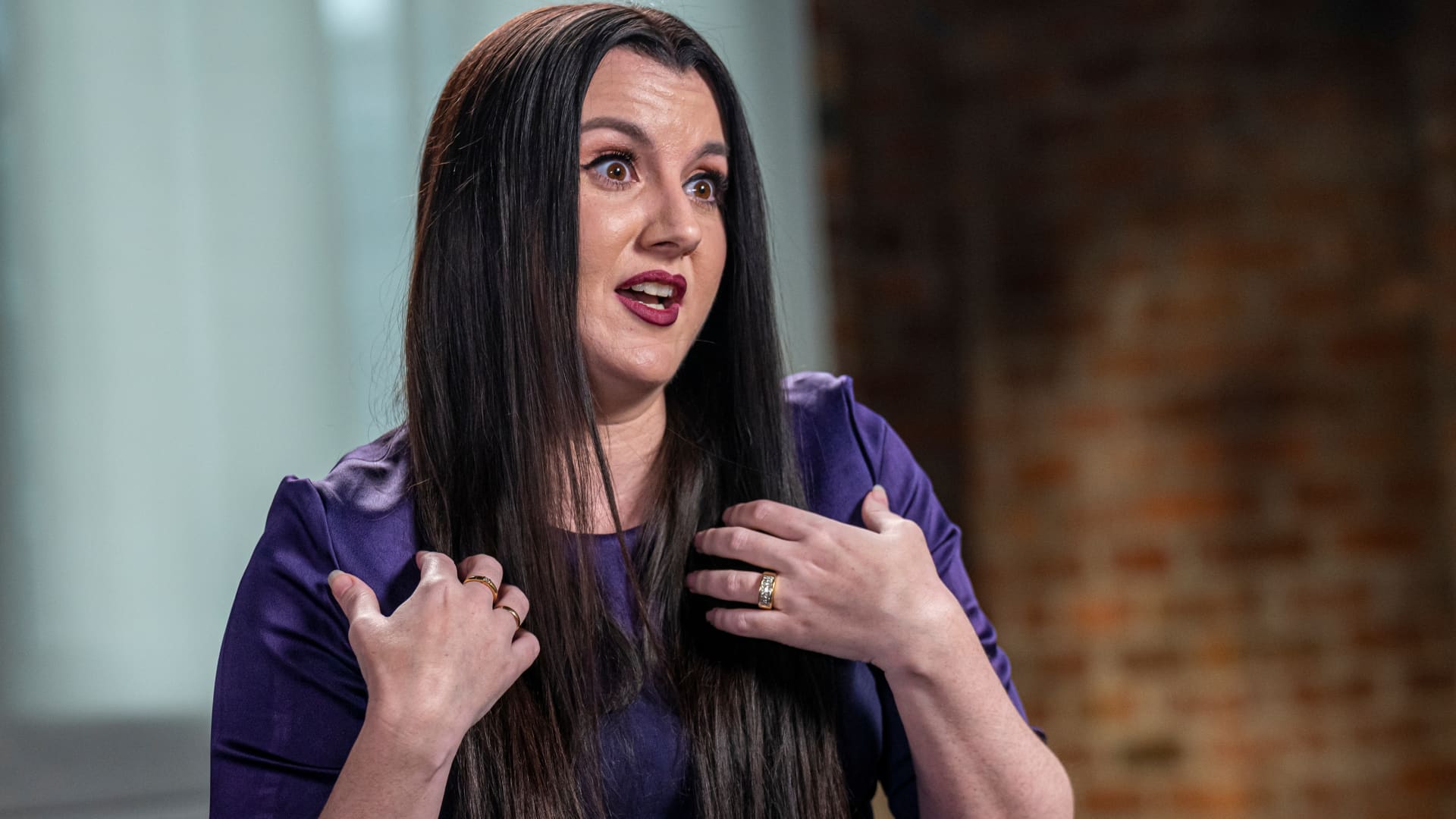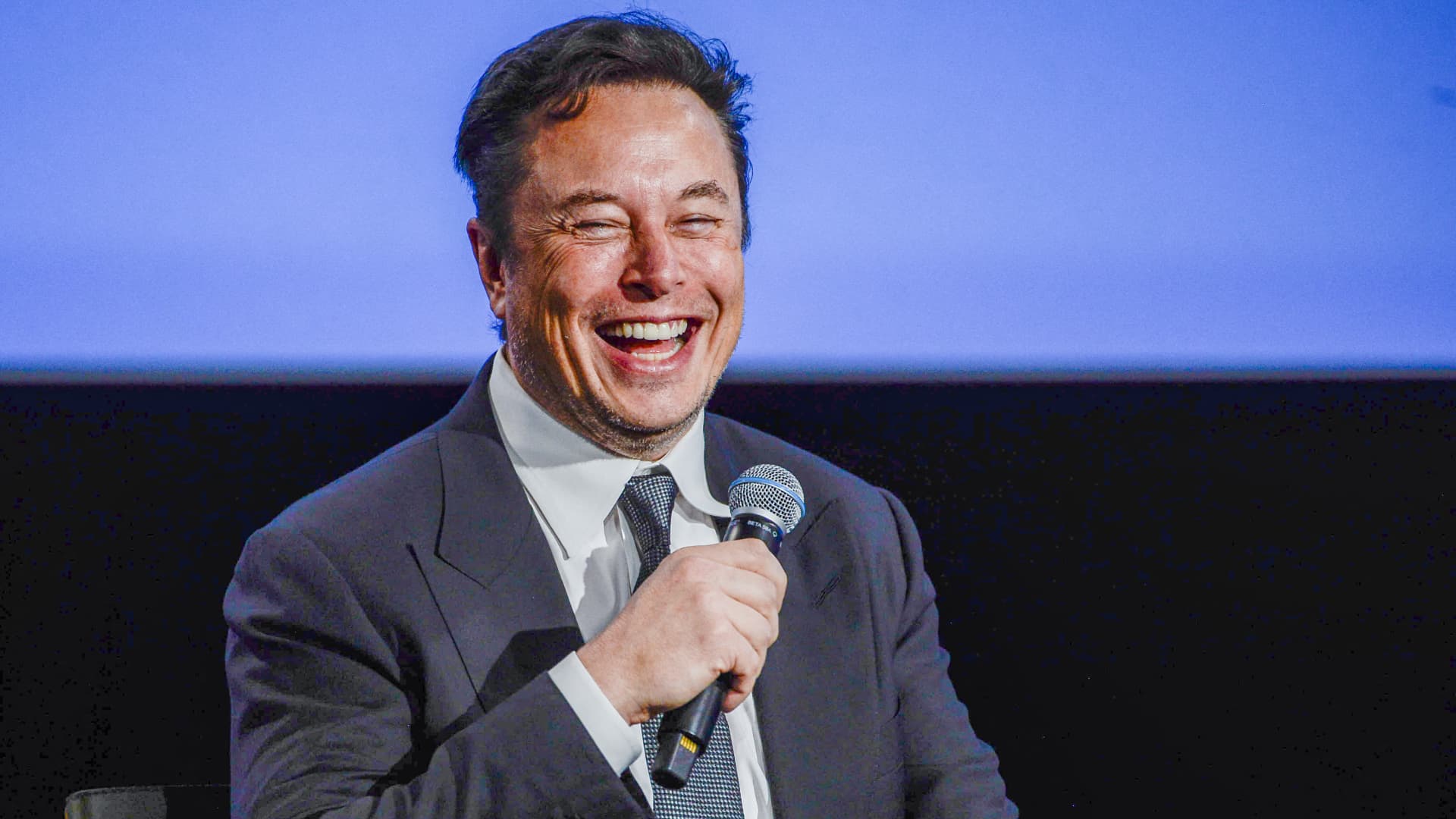After five and half years leading Waymo, John Krafcik announced Friday he is stepping down from his role, leaving the company to two co-CEOs Tekedra Mawakana and Dmitri Dolgov.
Krafcik has overseen the company’s biggest milestones, its rebranding to Waymo, partnerships and raised outside funding all while leading enthusiasm through the ranks. But Krafcik’s departure signals a long and arduous reality check to early hype and hope of scaling self-driving vehicles.
“If you look at the past year and a half — there’s been a growing realization within almost all the companies in autonomous vehicle development that this is a much harder problem than we thought,” Sam Abuelsamid, principal analyst at Guidehouse Insights told CNBC Friday. “It wasn’t that long ago people were projecting we’d have robotaxis everywhere by 2020. That hasn’t panned out quite, clearly.”
Abuelsamid said Krafcik’s connections and experience within the automotive industry — he was formerly president and CEO of Hyundai Motor America — helped Waymo strike critical partnerships with automakers, including Fiat Chrysler and Volvo.
In 2020, he got the more than 10-year-old company its first outside funding round — a $2.25 billion funding round led by Silicon Valley investment firms including Silver Lake. Then, it raised another $750 million. He also oversaw the launch of a local delivery service with freight partners, dubbed Waymo Via, and recently started its first fully-self-driving car service that some residents can order in Phoenix, Arizona.
Krafcik took the reins in 2015, and in 2016, he led Waymo to join an industry consortium to speed up self-driving cars. The Alphabet company became a founding member of the group, called Self-Driving Coalition for Safer Streets, which included Argo AI, Aurora, Cruise, Ford, Uber, Volvo and Zoox.
Knowing the business and back end of scaling cars, Krafcik’s not departed from reality. Even less so in recent years.
Under Alphabet’s “Other Bets” umbrella, the company has been consistently bleeding money, which is less accepted since Ruth Porat joined then company as CFO and tightened the purse strings. The Other Bets segment showed an operating loss of $4.48 billion in 2020. That was up from $2.03 billion in 2019. Covid has also taken a toll on operations as CNBC recently found Waymo wasn’t sure it could afford to keep paying some workers amid the pandemic.
Krafcik’s departure comes ahead of expected federal regulations in the U.S. around self driving cars.
The National Transportation Safety Board recently called on its sister agency, the National Highway Traffic Safety Administration, to impose stricter standards on automated vehicle tech. NHTSA solicited comments from the public in advance of proposed rule-making, and closed the comments period on April 1.
Krafcik’s aware of what’s at stake.
After a pedestrian was hit and killed by an Uber semi-autonomous vehicle in Arizona in 2018, Krafcik told CNBC that part of his responsibility at Waymo is “to make sure the world, the cities in which we perform and the regulators who regulate those cities understand our technology.”
However, Krafcik was no stranger to those overhyping the reality of when self-driving cars would be available. Waymo and Krafcik assured the press and public the technology was rapidly coming, dating back as far as 2012 when it was still known as Google’s self-driving car project.
Krafcik said in 2017 that it wouldn’t need to wait until 2020 — when analysts expected self-driving cars to go fully autonomous — but that it would give riders the ability within “months.”
“Fully self-driving cars are here,” Krafcik said at the 2017 Web Summit in Lisbon, where he presented a video of a man who fell asleep in one of the Waymo vehicles. “It’s not happening in 2020, it’s happening today.”
What he didn’t explain at the time was how early in testing it still was and what hurdles it still had ahead.
In recent years, the company began dialing back its enthusiastic tone as it fell behind its original timeline for getting fully self-driving cars on the road.
In 2019, CNBC reporting found that Waymo still largely relied on human safety drivers and still required a decent amount of community buy-in. Shortly after, Morgan Stanley cut its valuation on Waymo by 40%, from $175 billion to $105 billion, saying that it underestimated the heavy reliance the company still had on human drivers.
In 2019, Waymo’s chief operating officer and now incoming CEO Tekedra Mawakana, said at a conference that the hype around its self-driving cars became “unmanageable.”
That year, Krafcik started to temper the rhetoric a bit, pouring cooler water on the topic at a 2019 National Governors Association meeting. Toward the end of the year, the company consolidated operations in Detroit and Phoenix, shutting down its Austin, Texas facility, affecting about 100 workers, CNBC found.
With more than 20 million miles driven on public roads and 20 billion miles driven in simulation, Waymo leads other companies in self-driving technology. But, it still has a long road ahead if it wants to scale, even if Krafcik helped move it further along.
“I think that maybe he saw this as a good time to step aside,” said Abuelsamid. “He’s put the company on the right path. And maybe he’s just tired of the fight and wants to go do something else for awhile.”
Krafcik did not respond to request for comment.
CNBC’s Lora Kolodny contributed to this article.
Watch Now: This Arizona town is overrun with Waymo’s self-driving cars



